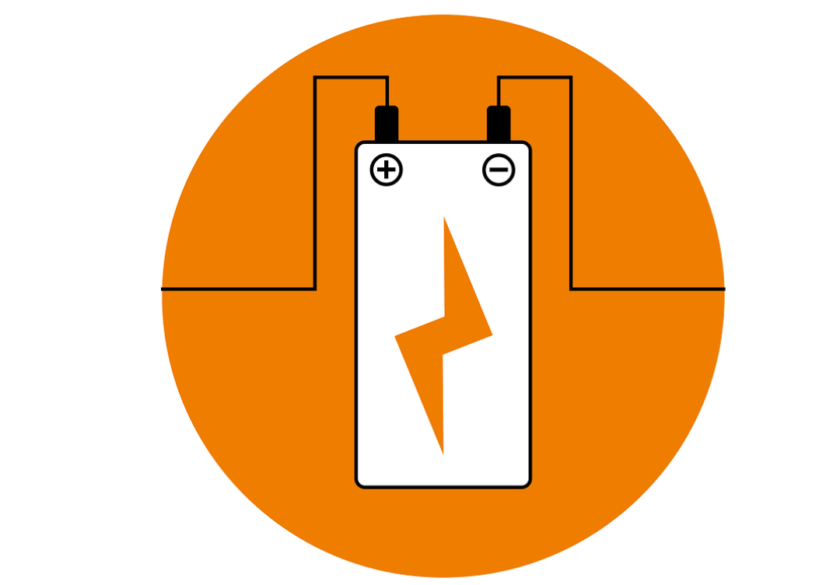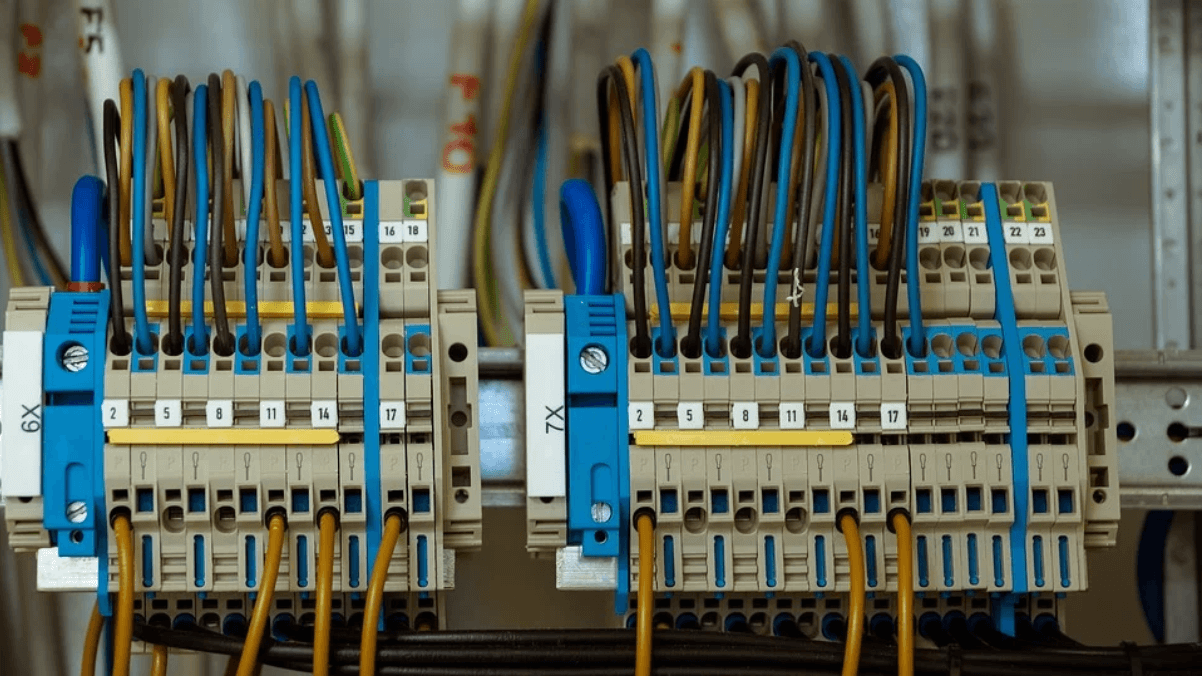Do you know what happens when you turn on a light switch? When you flip the switch, electrical current flows through the wires in your house and turns on the light. This is just one example of how electronics work. In order to understand electronics, you need to start with the basics. In this article, we will discuss some of the most basic concepts in electrical engineering. We will cover electrical current, voltage, resistance, capacitance, and inductance. We will also talk about some basic electrical components that are necessary for electronic circuits. By understanding these concepts, you will be able to build on your knowledge and develop a deeper understanding of electronics as a whole! So, let’s get started!
Electrical Current
We’ll start off with the electrical current. Electrical current is the flow of electrons through a conductor, such as a wire. Basically, a stream of charged particles, such as electrons or ions, traveling through an electrical conductor or space is known as an electric current. The SI unit for electrical current is the ampere, which is represented by the symbol “A” and it represents the movement of electric charge across a surface at a rate of one coulomb per second. This can be either direct current (DC), where the electrons flow in one direction, or alternating current (AC), where the electrons change directions periodically. The difference between these two types of current will be discussed later in this article.
Basic Components in Electronics
Now that we have covered the basics of electrical current, let’s talk about some of the basic components in electronics. These components are essential for electronic circuits. As seen at Power Electronics, some of the most common components are capacitors, resistors, and inductors. Capacitors are devices that store electrical energy in an electric field. Resistors are devices that resist the flow of electric current. Inductors are devices that store energy in a magnetic field. These three components are just a few examples of the basic components that are used in electronic circuits. Additionally, inverters, voltage regulators, current transducers, and converters are also common in electronic circuits.
Voltage
In order to understand how electronic circuits work, it is important to know about voltage. Voltage is the difference in electric potential energy between two points. It is measured in volts and represented by the symbol “V”. The SI unit for voltage is the volt, which is defined as one joule per coulomb. Voltage can be either direct voltage (DC) or alternating voltage (AC). DC voltage is a constant voltage that only flows in one direction. AC voltage, on the other hand, reverses direction periodically. The frequency of the reversal is measured in hertz, and it is represented by the symbol “Hz”. Hz stands for the number of times per second that the AC voltage reverses direction. The most common AC voltage is 60 Hz, which means that it reverses direction 60 times per second.

Resistance
In addition to voltage, another important concept in electronic circuits is resistance. An object’s electrical resistance is a measure of its resistance to the flow of electric current. Its inverse is electrical conductance, which measures the ease with which an electric current flows. Electrical resistance is measured in ohms (Ω), whereas electrical conductance is measured in siemens (S) (formerly called mhos’ and then represented by ℧). The material from which an object is made has a large impact on its resistance. Objects made of electrical insulators, such as rubber, have extremely high resistance and low conductance, whereas objects made of electrical conductors, such as metals, have extremely low resistance and high conductance. This relationship can be measured using resistivity or conductivity. However, the nature of a material is not the only factor in resistance and conductance; it also depends on an object’s size and shape because these properties are extensive rather than intensive.
Capacitance
Capacitance is the ability of a material to store an electric charge. It is measured in farads (F), which is defined as one coulomb per volt named after the English physicist Michael Faraday. There are two closely related concepts of capacitance: self-capacitance and mutual capacitance. Self-capacitance is the capacitance of an object when it is not near any other object. This means that the electric field is only created by the charge on the object itself. Mutual capacitance is the capacitance of an object when it is near another object. This means that the electric field is created by both objects. The reciprocal of capacitance is called elastance. Elastance is the ability of a material to resist changes in its electric field.
Inductance
Inductance is the property of an object that opposes changes in electric current. It is measured in henries (H), which is defined as one weber per ampere. The SI unit for inductance is the henry, named after Joseph Henry, who discovered inductance independently of Faraday. Inductance is defined as the ratio of induced voltage to the current rate of change that causes it. It is a proportionality factor that is affected by the geometry of the circuit conductors as well as the magnetic permeability of the surrounding materials. An inductor is a type of electronic component that adds inductance to a circuit. It is typically made up of a wire coil or helix. In addition, there are two types of inductance: self-inductance and mutual inductance. Self-inductance is the property of an object that opposes changes in its own current. Mutual inductance is the property of an object that opposes changes in the current of another object. Inductors are used in a variety of electronic devices, including radios, televisions, and computers. They are also used in power supplies and motor control systems.
And there you have it! These are the basic concepts in electronics that you need to know. Electrical current, voltage, resistance, capacitance, and inductance are all important factors in understanding how electronic devices work. With a little bit of knowledge, you can begin to understand the inner workings of your favorite gadgets. Hopefully, this article has helped you gain a better understanding of the basics of electronics.

